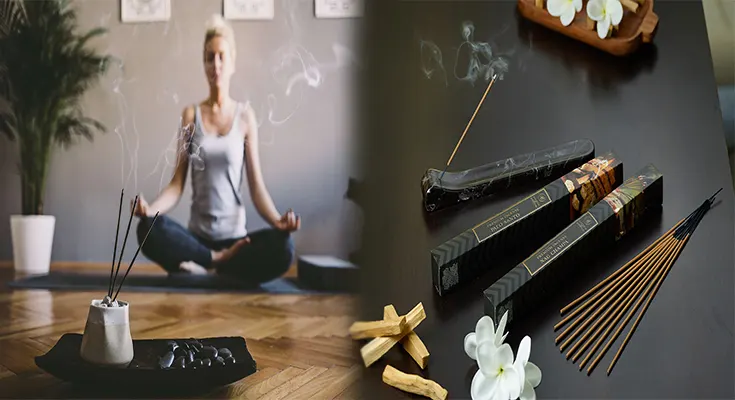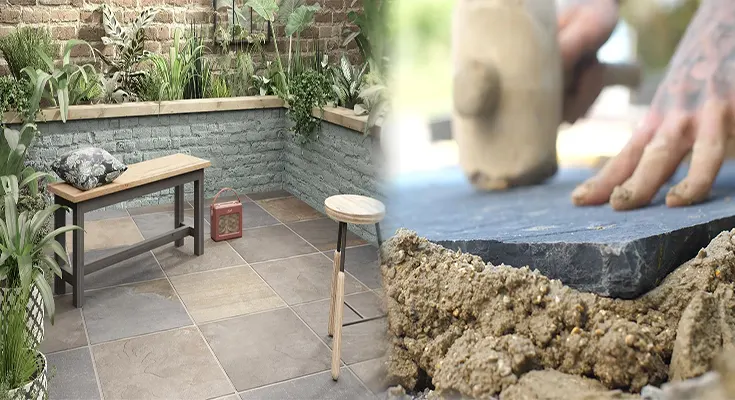
Discover the Best Aromatic Incense Sticks for Relaxation and Stress Relief
In the fast-paced world we live in, finding moments of tranquility and peace is essential for maintaining mental and emotional well-being. Aromatic incense sticks have been used for centuries to create calming atmospheres, promote relaxation, and alleviate stress. With a myriad of scents available, choosing the right incense sticks can enhance your wellness routine and provide a sense of serenity in your daily life. In this article, we explore some of the best aromatic incense sticks known for their relaxation and stress-relief properties.
1. Lavender
Lavender is a popular choice for its soothing and calming effects. Known for its floral and herbaceous scent, lavender incense sticks can help reduce anxiety, promote better sleep, and create a peaceful ambiance. Lighting a lavender-scented incense stick before bedtime can improve relaxation and prepare you for a restful night’s sleep.
2. Sandalwood
Renowned for its warm and woody fragrance, sandalwood incense sticks are often used for meditation and relaxation practices. Sandalwood is believed to help clear the mind, reduce stress, and enhance focus. Lighting a sandalwood incense stick can create a tranquil environment conducive to meditation or simply unwinding after a long day.
3. Rose
With its sweet and floral aroma, rose-scented incense sticks are ideal for invoking feelings of love, comfort, and relaxation. Rose incense is known for its mood-lifting properties and can help alleviate stress and anxiety. Lighting a rose-scented incense stick during moments of self-care or when seeking emotional balance can enhance your overall sense of well-being.
4. Patchouli
Patchouli incense sticks exude a rich and earthy scent that is both grounding and calming. Often associated with spiritual practices and stress relief, patchouli is believed to promote relaxation, balance emotions, and boost mood. Lighting a patchouli-scented incense stick can create a warm and inviting atmosphere, perfect for unwinding and rejuvenating the …
Discover the Best Aromatic Incense Sticks for Relaxation and Stress Relief Read More

